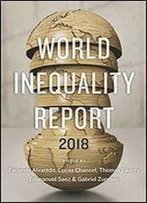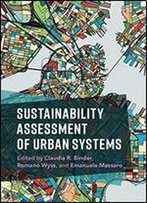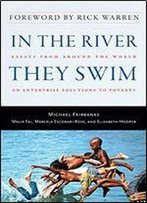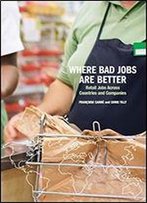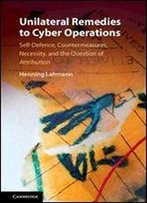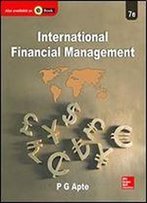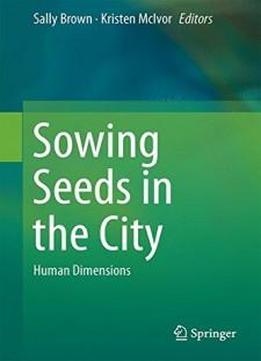
Sowing Seeds In The City: Human Dimensions
by Sally Brown /
2016 / English / PDF
19.7 MB Download
A majority of the world’s population lives in cities. Urban areas
have largely been disconnected from the processes associated with
producing food. A broad range of community efforts have emerged to
reconnect people in urban areas to fresh foods with expected
benefits for public health. These efforts can be found in
cities across the country and cross both economic and ethnic lines.
They have been led by the non- scientific community and are best
characterized as social movements. Expansion of agriculture to non-
traditional areas including community or kitchen gardens in urban
or peri- urban environments has the potential to provide a range of
ecosystem services as well as reduce stressors on non- urban
environments. These services/benefits include improved public
health, improved human nutrition and diet, large-scale production
of renewable resources, increased food security with less
resilience on traditional agricultural landscapes and seascapes,
enhanced ecosystem function in urban areas, and increased public
appreciation for and understanding of ecosystem services.
A majority of the world’s population lives in cities. Urban areas
have largely been disconnected from the processes associated with
producing food. A broad range of community efforts have emerged to
reconnect people in urban areas to fresh foods with expected
benefits for public health. These efforts can be found in
cities across the country and cross both economic and ethnic lines.
They have been led by the non- scientific community and are best
characterized as social movements. Expansion of agriculture to non-
traditional areas including community or kitchen gardens in urban
or peri- urban environments has the potential to provide a range of
ecosystem services as well as reduce stressors on non- urban
environments. These services/benefits include improved public
health, improved human nutrition and diet, large-scale production
of renewable resources, increased food security with less
resilience on traditional agricultural landscapes and seascapes,
enhanced ecosystem function in urban areas, and increased public
appreciation for and understanding of ecosystem services.

